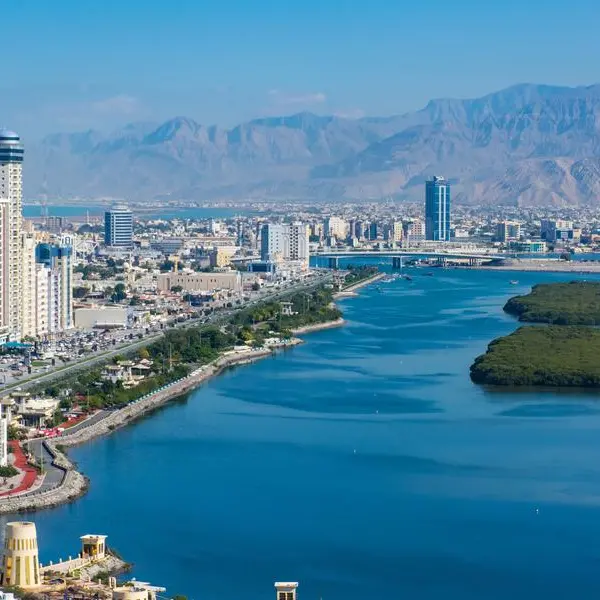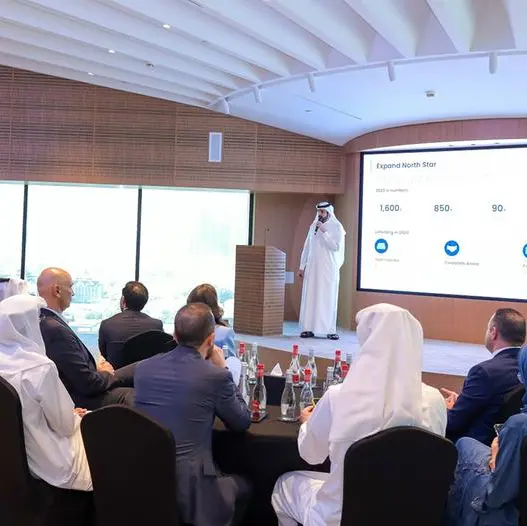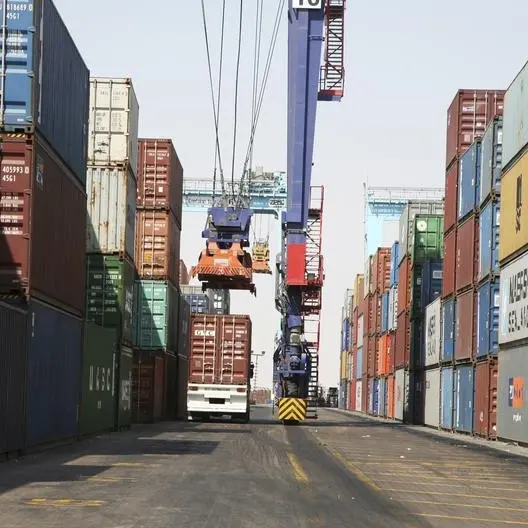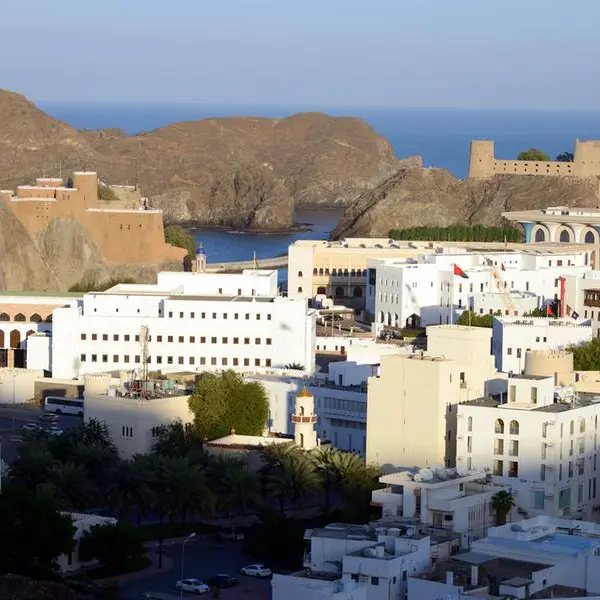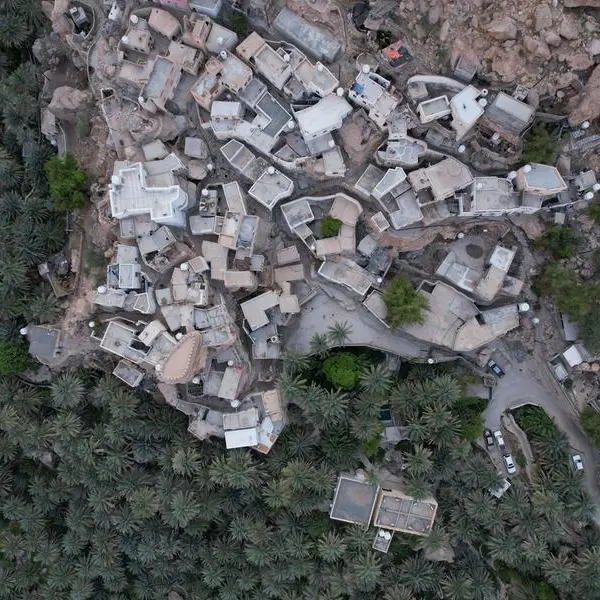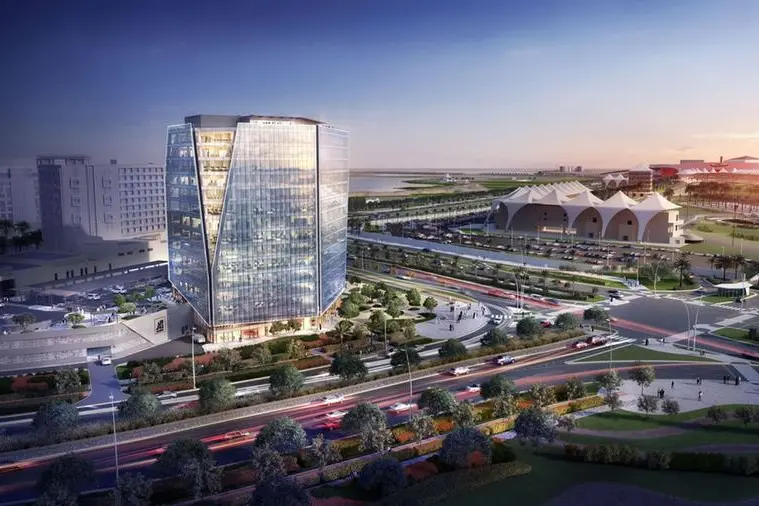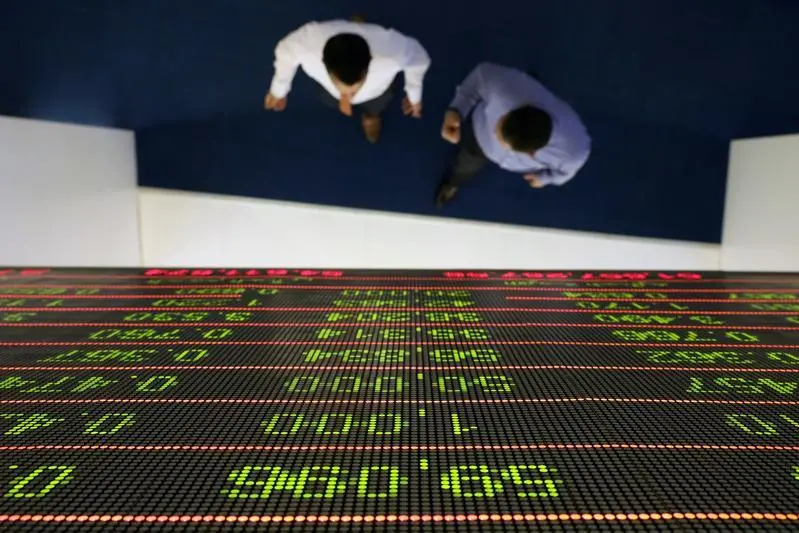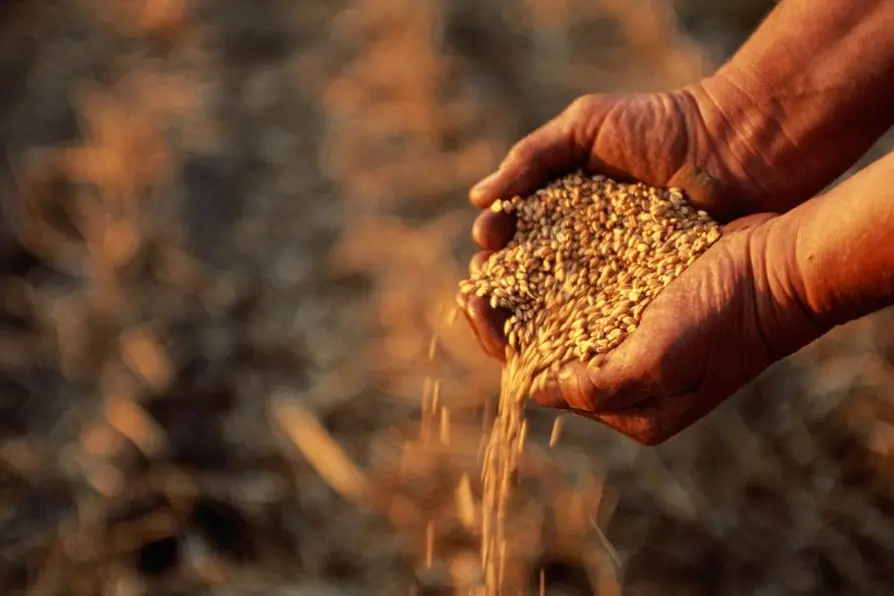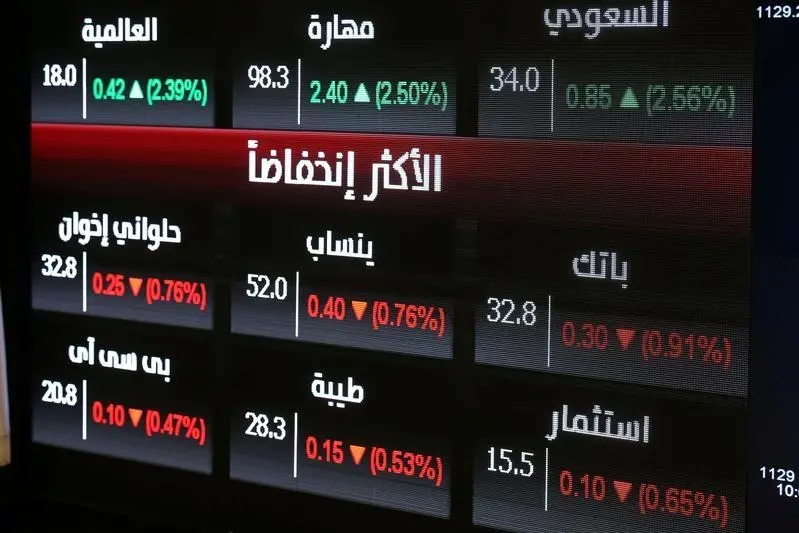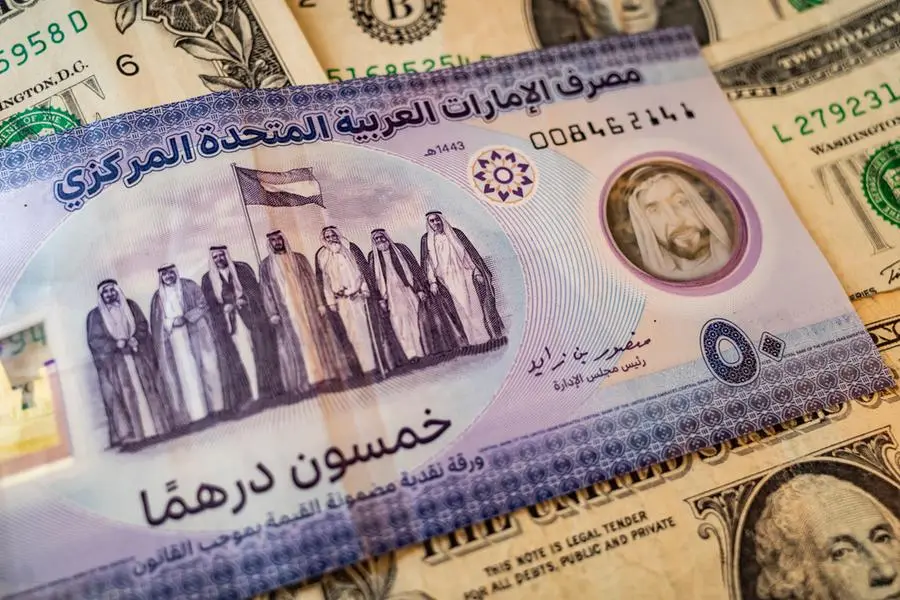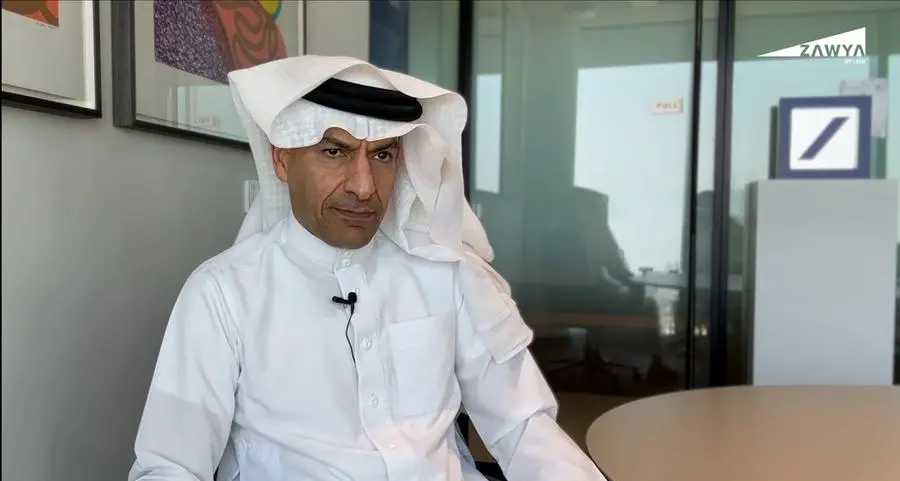PHOTO
Preliminary estimates from National Bank of Kuwait (NBK) Economic Research show the Kuwait’s GDP declined by 4.4% y/y in Q4 2023, easing slightly on Q3’s outcome of -5.8%.
The oil sector remained constrained by Opec-mandated crude oil production cuts, while the non-oil sector recorded a steeper decline than in the previous quarter.
For 2023 as whole, the non-oil economy contracted for the second consecutive year. Parallel data on the expenditure side of the national accounts showed that investment’s share of GDP stood at a modest 17% of GDP in 2022 (the latest year available). This is something that could be pushed much higher as the new government pursues its diversification and development goals.
Oil GDP contraction
The figures showed oil GDP in Q4 down 6.4% y/y, a slight improvement on Q3, with Kuwait maintaining crude oil production at 2.55 mbpd in line with its Opec+ production cut obligations. For the full year, oil GDP contracted by 4.3%, a marked turnaround from the robust expansion witnessed in 2022 when a tighter oil market had prompted Kuwait and its Opec counterparts to raise production.
But oil’s positive performance in 2022 largely came against the grain, for in seven of the last ten years, oil GDP growth has tended to be negative, fluctuating in line with Opec supply policy, which in turn has had to adjust to the post-US shale landscape of ample supply and downward oil price pressures by having to cut production more often than raise it. Kuwait’s crude oil production in 2023 (2.59 mbpd) is consequently about 10% lower than it was in 2014 (2.87 mbpd).
Looking ahead, oil GDP growth will likely begin ticking up from Q4 2024 after Opec+ announced in June that members’ 2024 voluntary production cuts, of which Kuwait’s share is 135 kbpd, will be gradually unwound over the course of a year from October. “We estimate Kuwait’s oil GDP will rise by 0.9% q/q in Q4 and by 4.0% y/y in 2025 if this production is restored fully as planned, though Opec has left open the possibility that it could pause and even reverse these supply gains if market conditions dictate,” NBK said.
Non-oil sector
Meanwhile, GDP in the non-oil sector remained in contraction territory at -2.3% y/y in Q4 23, a sequence which extended for a fifth consecutive quarter. For 2023 as a whole, non-oil activity fell by 2.9%, a second consecutive annual decline following 2022’s fall of 0.1% (downwardly revised from +0.3%). This is the weakest reading in the available series and well below the 2011-2019 average of +3.3% per year.
Performance at the sectoral level in 2023 was led by transportation & storage (+20%), hotels & restaurants (+17.4%) and household employment (+13.1%). The latter pointed to burgeoning demand for domestic labour while the increase in hospitality sector output, for the second consecutive year, not only signifies strong consumption but also efforts made in recent years to develop and expand local dining and tourism capacity.
That said, the performance of the larger sectors, such as manufacturing (-17% y/y), which has underperformed in recent years despite strong gains in oil refining output, trade (-2.8%) and other services & real estate (-2%) was markedly more negative in 2023 compared to 2022.
The Central Statistical Bureau (CSB) also published GDP characterised by expenditure, with data up until 2022, providing a useful look at Kuwat’s economy from a different perspective. It is clear to see that in 2020, amidst the pandemic that private consumption (-11%) and total investment (-36%) fell sharply, contributing to that year’s near-5% decline in real GDP.
Private and government consumption led the recovery in 2021, while investment was little changed (+1.8%). Exports drove the continued recovery in 2022, the year in which Kuwat’s oil output and oil exports recorded double-digit increases to balance a tight market reeling from Russia’s invasion of Ukraine.
Cuts to capex
Investment also surged 44% in 2022 – but this was from the low, Covid-affected base: in levels terms, real investment remained well below pre-Covid years. This was signalled in cuts to capex in successive government budgets, falling from a peak of KD3.8 billion ($12.43 billion) in FY19/20 to KD2.5 billion in FY23/24.
It also reinforces what is known from other figures about the shape of the economic recovery post-Covid, which has lent mostly on consumer spending and oil exports. Gross investment (public and private), at 17% of GDP in 2022, will need to increase quite substantially if the government is to succeed with its reform and economic diversification goals.
The release confirms previous indications that Kuwait’s economy recovered to its pre-pandemic size more quickly than originally thought. Nominal GDP clocked in at KD42.9 billion ($143 billion) in 2021 from KD33.6 billion in 2020, increasing by 28% y/y largely on the back of surging oil prices which propelled oil GDP up more than 67%. In 2023, however, GDP was back down, at KD50.3 billion (-9.8%), again reflecting changes in oil GDP. Partly reflecting this fall and partly an increase in population (+2.3% y/y according to PACI data) per capita income had dropped to $33.7k in 2023.
External shocks
The modest growth in the non-oil economy since the Covid-19 pandemic, averaging +0.8% per year compared to a pre-pandemic average of 3.3% (2010-2019) highlights a sector performing well below potential in recent years. Partly this reflects a succession of challenging external shocks and developments including the pandemic itself, oil price volatility and aggressive global central bank monetary tightening. But it also comes despite traditionally elevated levels of government spending and a divergence in non-oil performance between Kuwait and some of its GCC peers.
Changes in the composition of public spending, with more emphasis on capital investment, will be necessary to close the performance gap with neighbouring Gulf economies. The role of the private sector will need to be greatly enhanced, with the government providing the regulatory tools, incentives and likely capital initially to provide the leg-up for businesses to ultimately expand and deepen the non-oil base and drive longer-term productivity gains. The new government, for its part, has stated that it intends to use the coming period to prioritise structural fiscal and economic reforms and accelerate implementation of development plan projects.
Copyright 2024 Al Hilal Publishing and Marketing Group Provided by SyndiGate Media Inc. (Syndigate.info).

